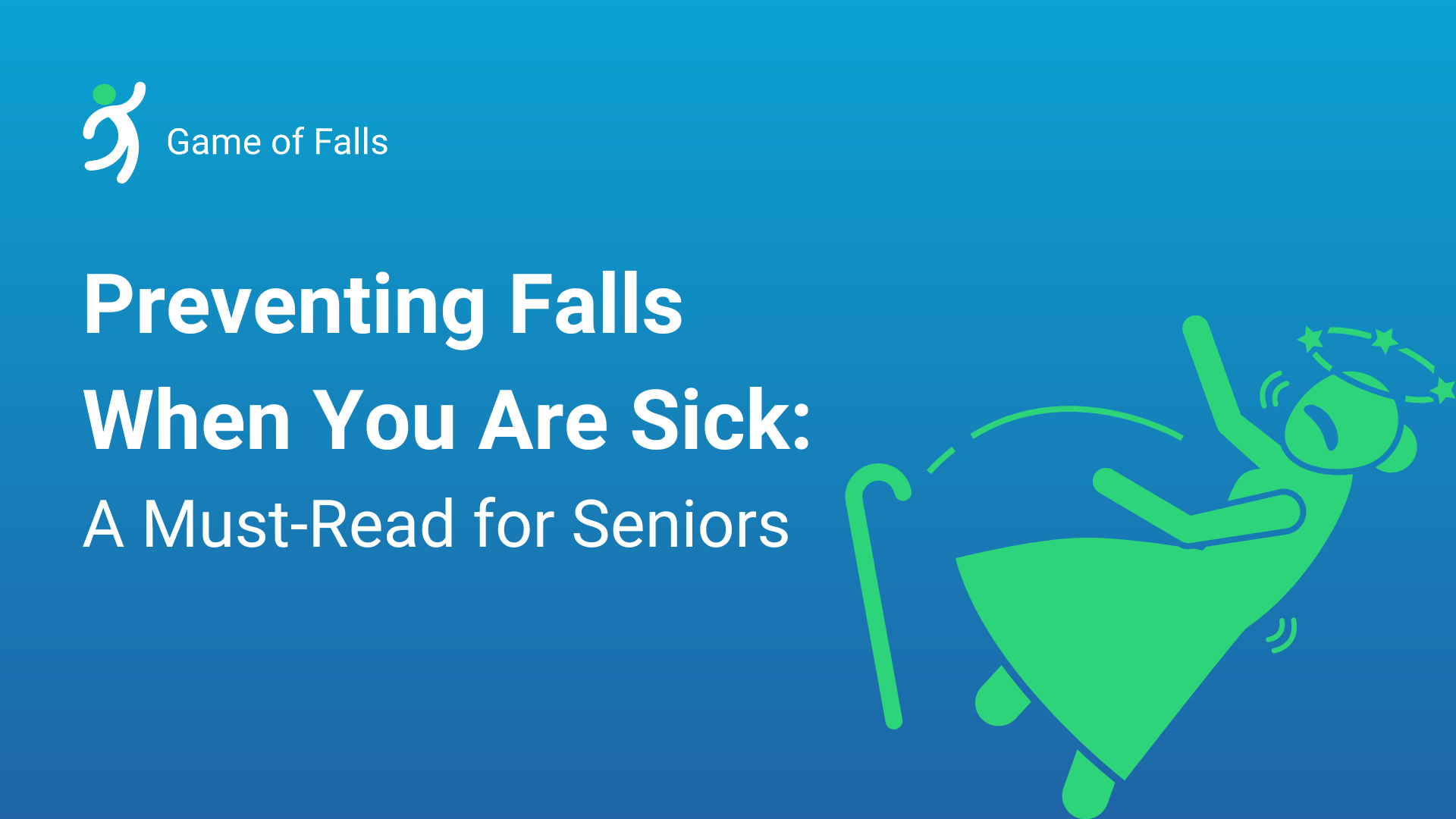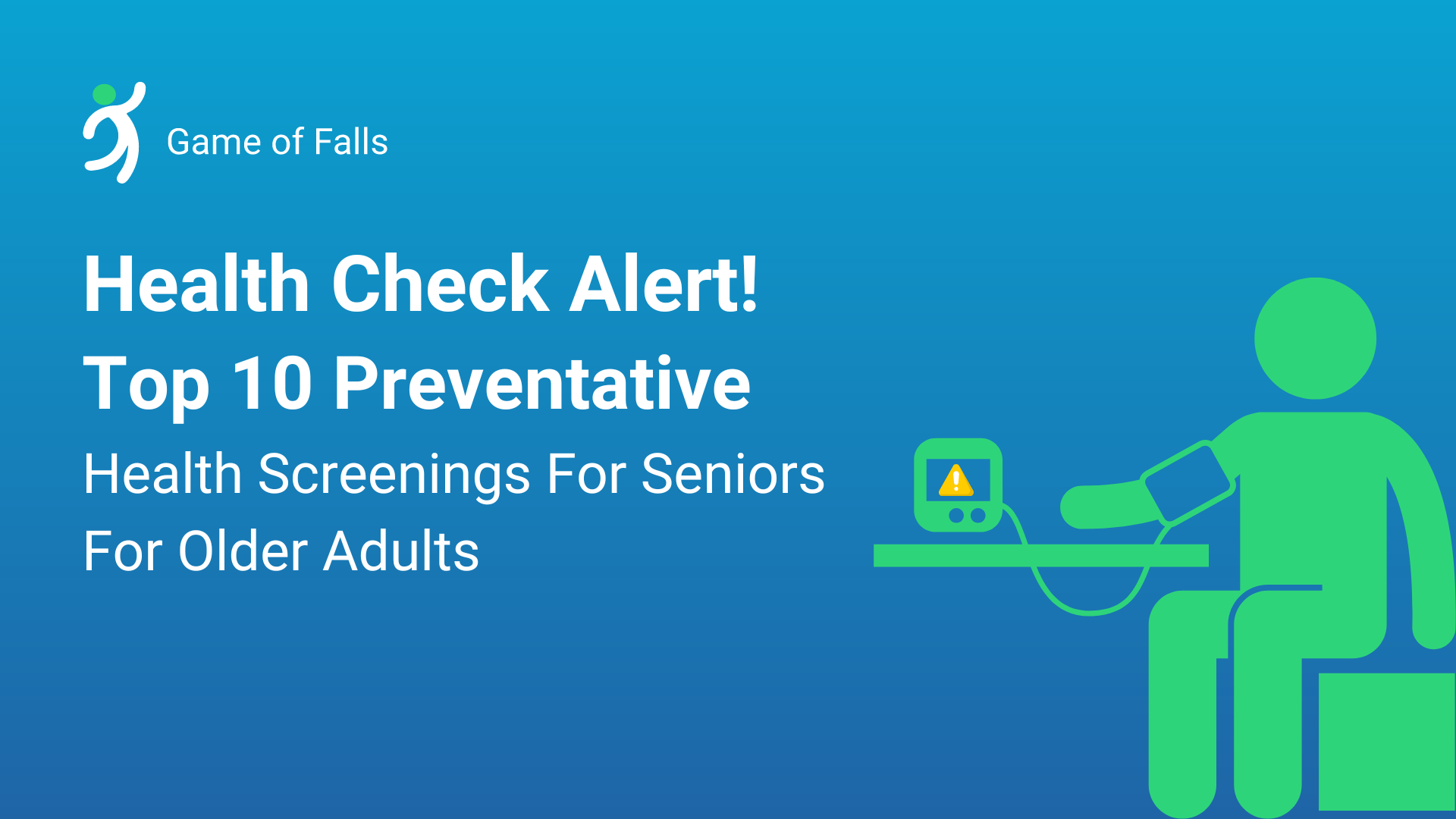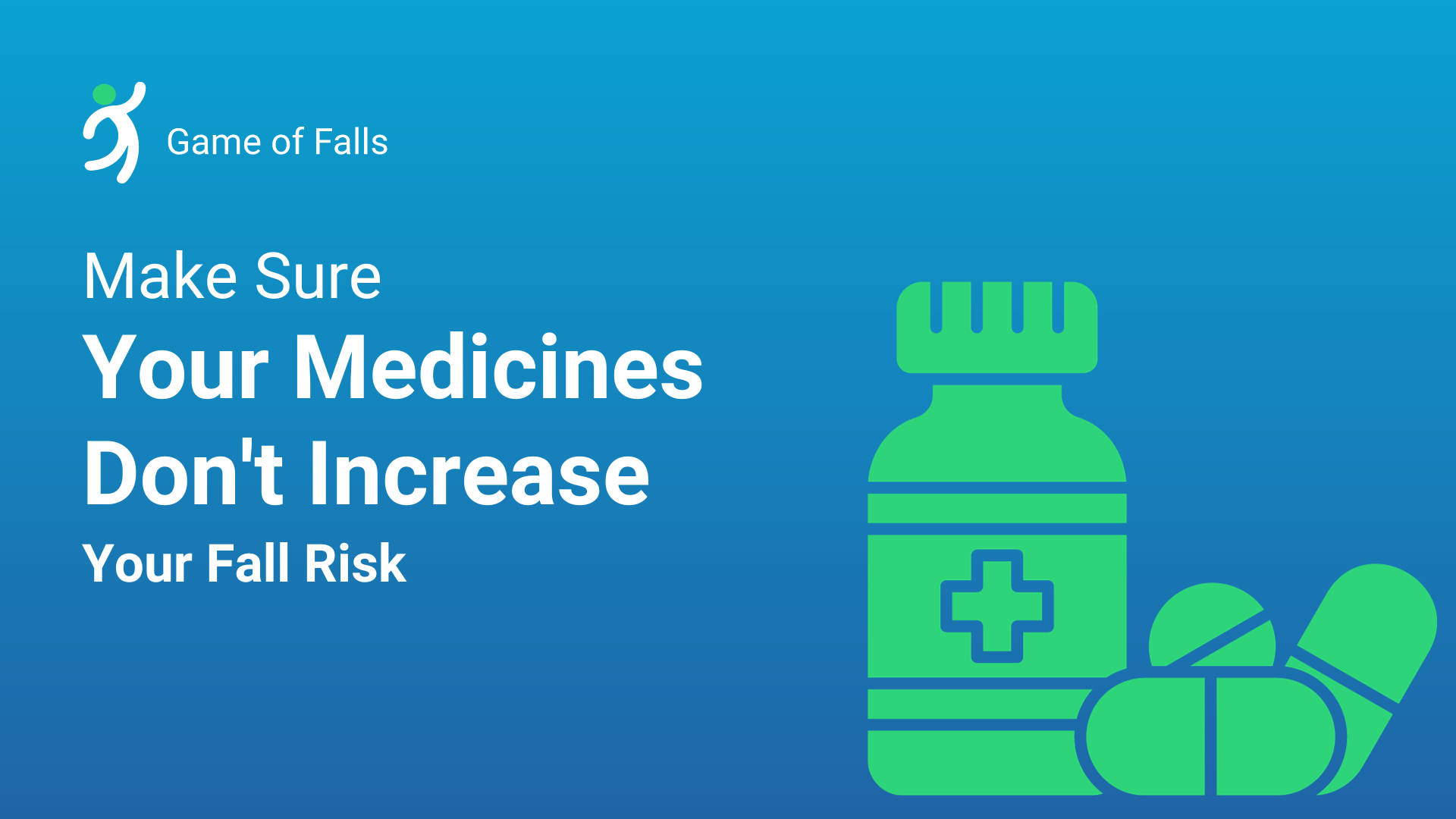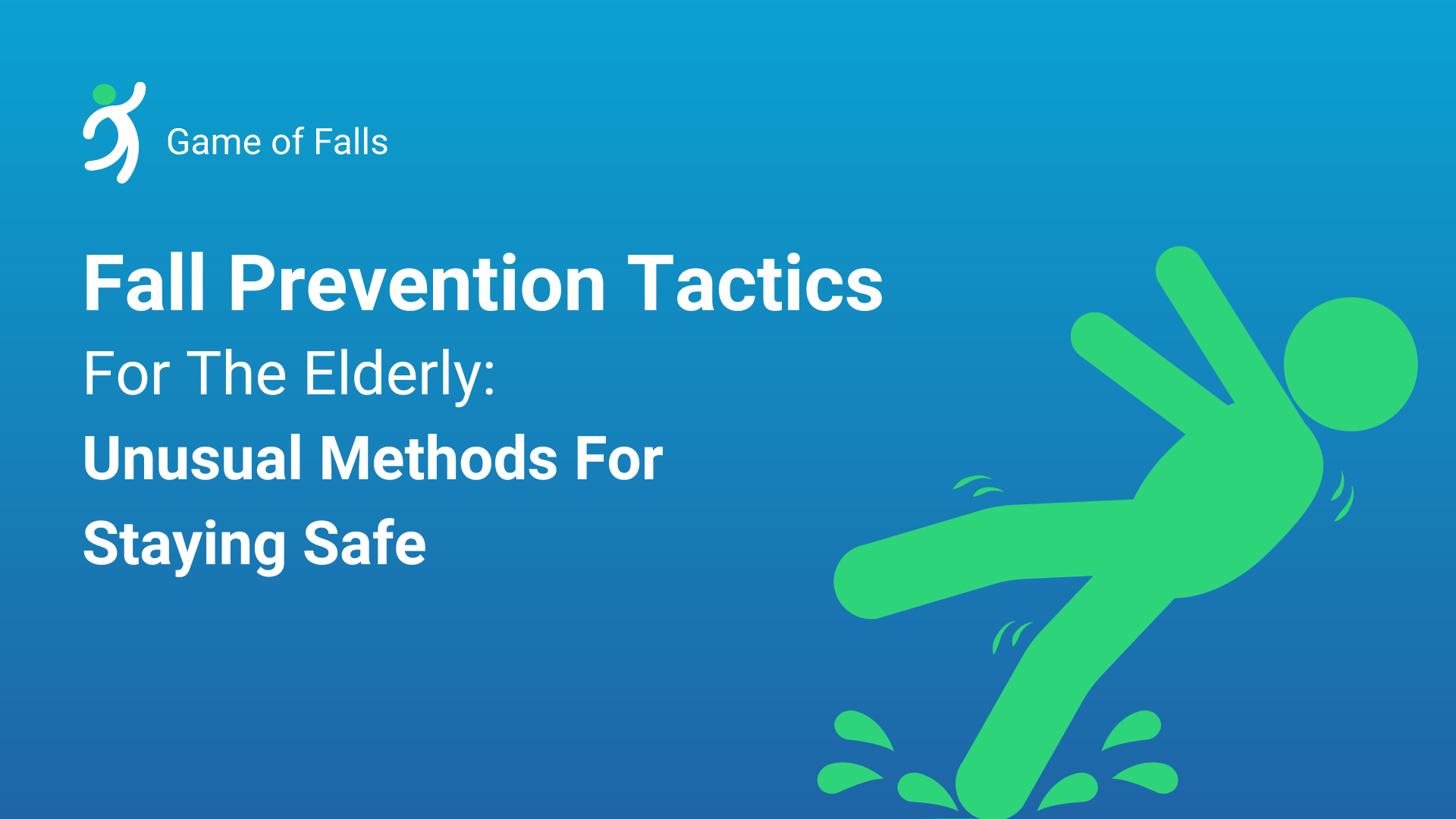
Did you know that in 2020, 36,508 older adults aged 65 and older died from preventable falls, and over 2.8 million were treated in emergency departments? Over the past 10 years, the number of older adult fall deaths has increased 59%, while emergency department visits have increased 19%.
While it’s alarming to think that, it also helps us stay more mindful about fall prevention for the elderly. Do you think you can get creative when thinking about senior citizen fall prevention? Or ever thought of unconventional fall prevention methods? No? Well, we don’t blame you. After all, the basics are well-known and pretty clear cut: Keep walkways clear, keep floors clear of clutter, use handrails, and wear sensible footwear. However, when it comes to fall prevention, thinking outside the box can be a game-changer. So we’re here to help you explore some less conventional yet highly effective strategies to help you stay safe and steady on your feet.
The Surprising Science Behind Falls
First, let’s briefly understand why falls happen. Falls are not just a matter of bad luck; they often occur due to a combination of factors. These may include:
- Age-related changes in balance and muscle strength
- Underlying medical conditions
- Medication side effects
- Environmental hazards
So to effectively prevent falls, first focus on these above factors comprehensively.
Unconventional Fall Prevention Strategies
Here are a few unconventional fall prevention methods you need to know of:
1. The Power of Tai Chi for Balance
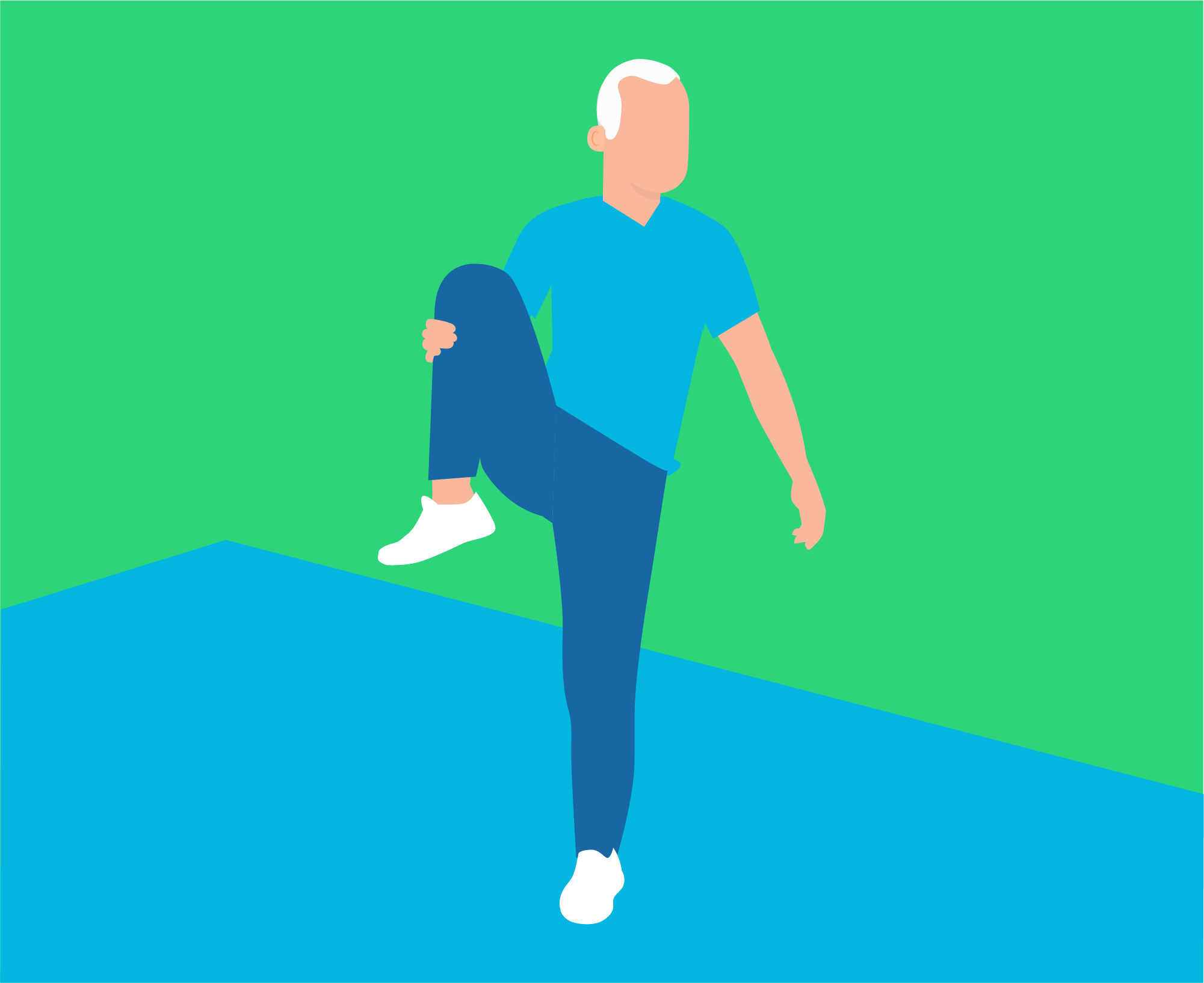
Tai Chi, an ancient Chinese practice, might not be the first thing that comes to mind when you think of preventing falls in older adults. However, its slow, flowing movements can significantly improve balance, flexibility, mindfulness, and muscle strength, making it an excellent way to reduce the risk of falls, especially among older adults.
Numerous studies have shown that regular Tai Chi practice can improve stability and reduce the risk of falls, especially in older adults.
How Does Tai Chi Help?
Tai Chi’s slow, flowing movements challenge your balance and strengthen your leg muscles. It also enhances your proprioception, the body’s sense of its position in space. By practicing Tai Chi for older adults, you become more aware of your body’s movements, making it easier to react quickly if you start to lose balance.
Try This:
- Find a local tai chi class or follow online tai chi for senior citizens tutorials to get started.
- Aim for at least three 30-minute sessions of tai chi for seniors at home per week for optimal benefits.
2. Embrace Your Inner Yoga Master
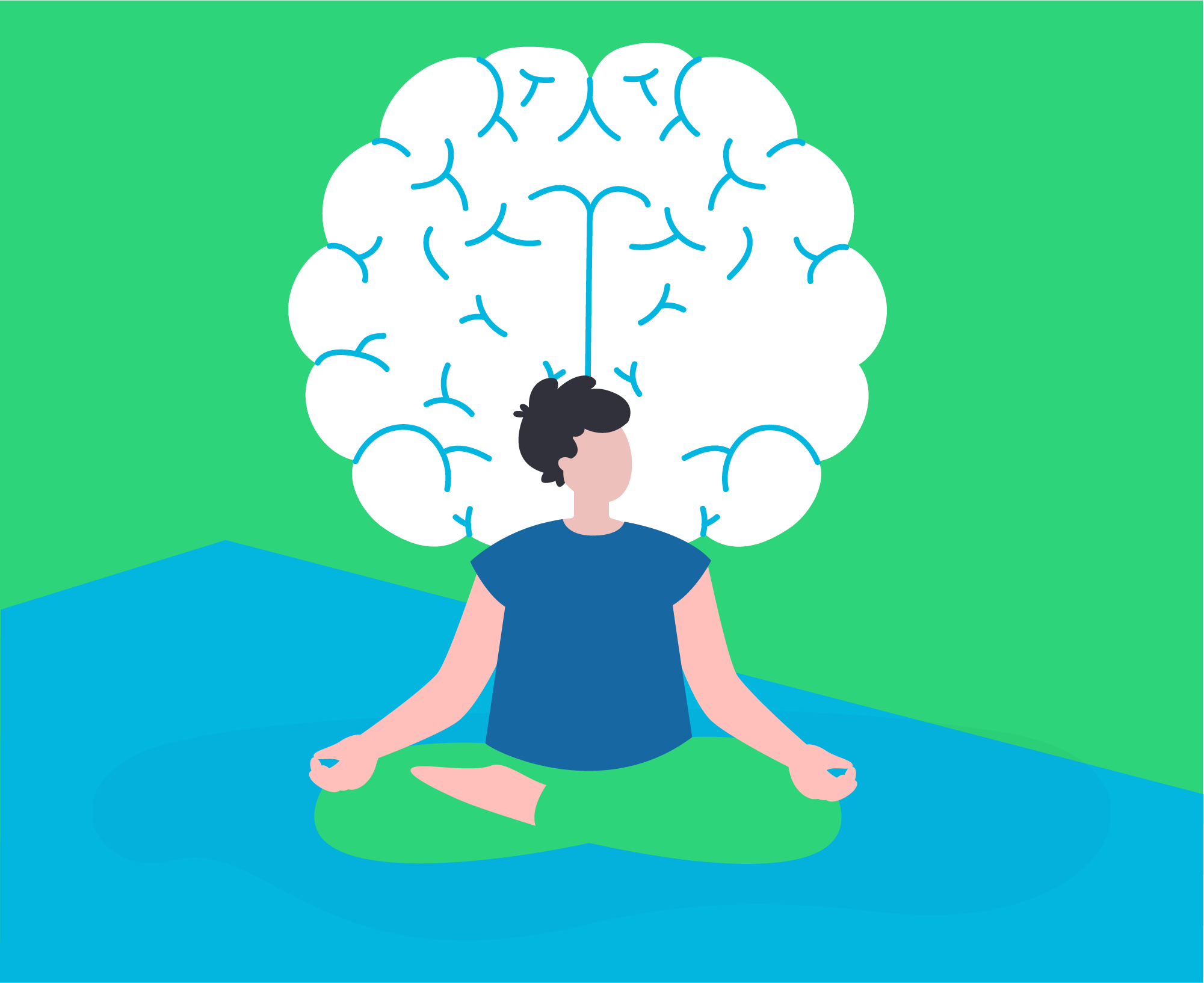
Yoga isn’t just for the flexible and zen-minded; yoga for seniors is a powerful tool for improving balance and preventing falls. This ancient practice combines physical postures, breathing exercises, and meditation, promoting both physical and mental well-being.
How Does Yoga Help?
Yoga postures challenge your balance and flexibility while also improving strength and coordination. Plus, the mindfulness aspect of yoga enhances your spatial awareness, which is crucial for fall prevention.
Try This:
- Look for beginner-friendly online yoga for seniors or online tutorials.
- Start with gentle yoga styles like Hatha or Restorative Yoga if you’re new to the practice.
- Consistency is key, so aim for regular practice.
3. Get Creative with Your Footwear: From Fancy to Functional
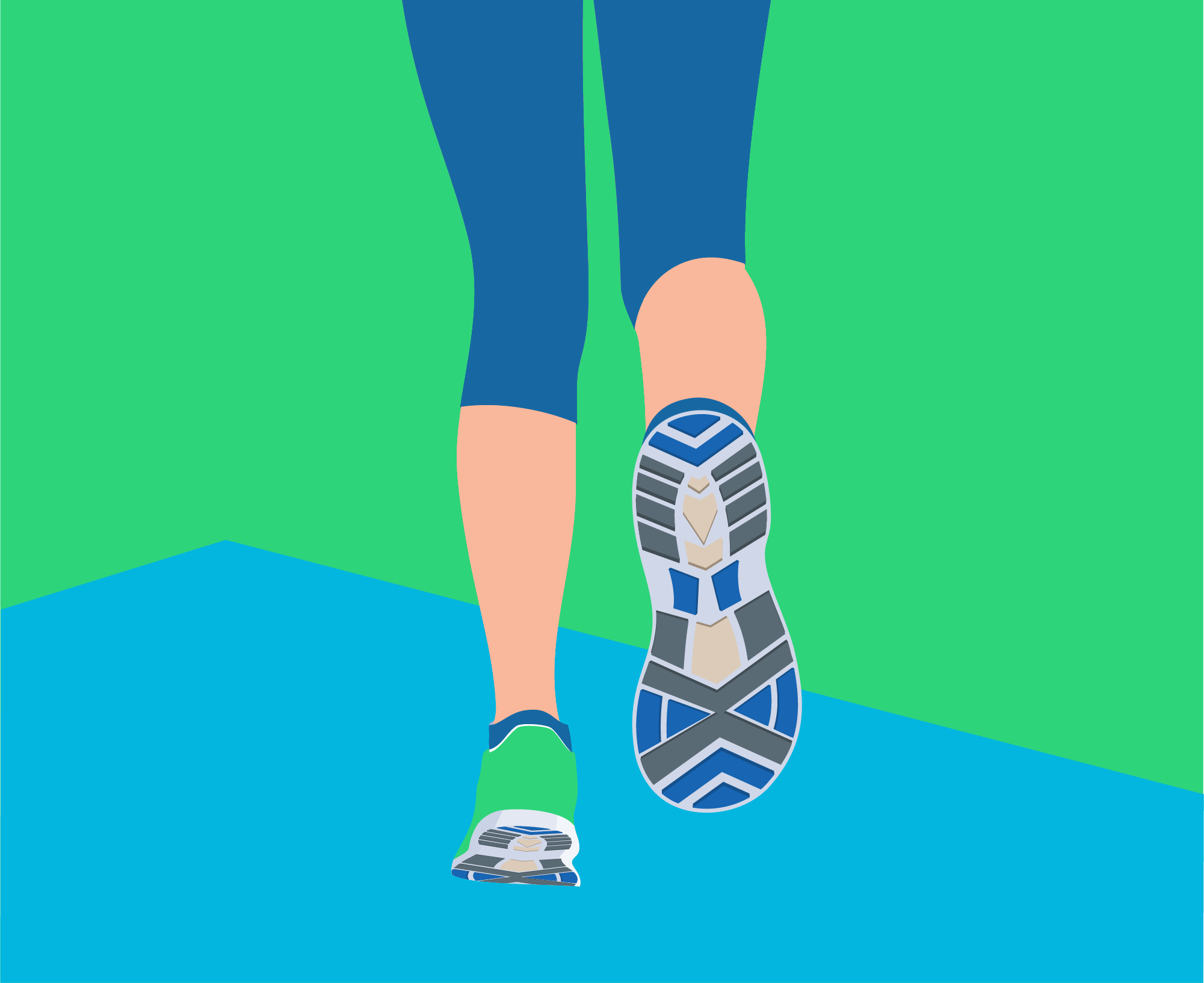
Traditional advice often focuses on wearing sensible shoes. Still, innovative footwear designs, like non-skid/slip socks for seniors or slip-resistant socks with grips, can provide an extra layer of protection on slippery surfaces, such as hardwood floors or tiled bathrooms.
Most of us know that wearing proper footwear is essential for preventing falls. However, have you ever considered “non-skid/slip” socks? These are socks with rubberized soles that provide excellent traction on slippery floors. They’re often used in hospital settings but can be a great addition to your home as well.
How Do Non-Skid/Slip Socks Help?
Non-skid/slip socks for seniors are like portable anti-slip devices for your feet. They’re especially handy on smooth surfaces like hardwood or tile floors. You can wear them at home to reduce the risk of slipping.
Try This:
- Look for grippy socks online or at your local medical supply store.
- Always keep a pair handy, especially if you have smooth floors at home.
4. Laughter: Truly the Best Medicine
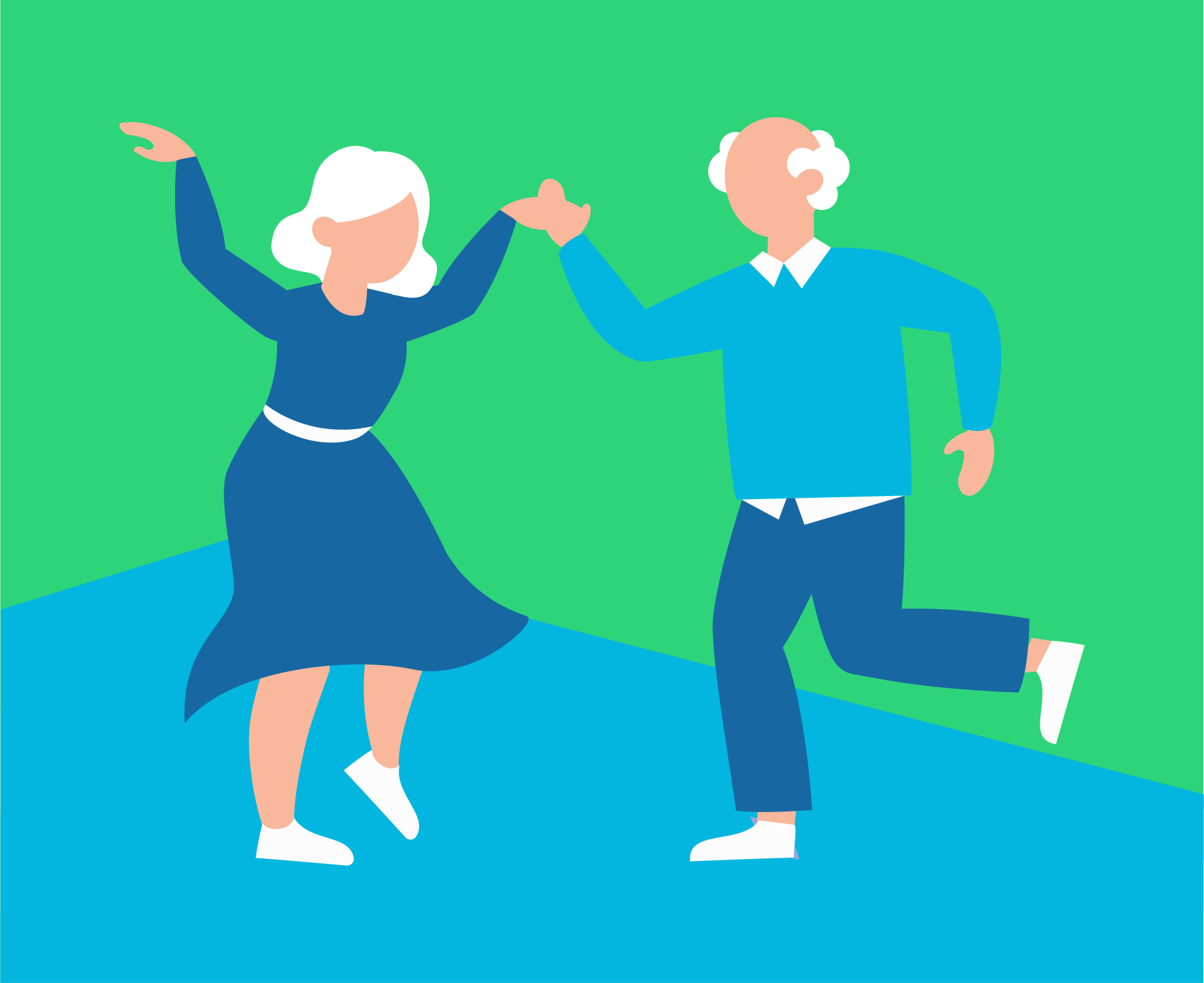
Laughter is not just good for the soul; it’s excellent for your balance too. Believe it or not, laughing can actually improve your coordination and stability. So, don’t hold back those chuckles—let them flow freely.
How Does Laughter Help?
Laughing engages your abdominal muscles, improves blood flow, and increases your heart rate, similar to a mild workout. Over time, this can enhance your overall stability and core strength.
Try This:
- Incorporate more humor into your life, whether it’s through funny movies, jokes, or spending time with friends who make you laugh.
- Consider laughter yoga classes, where you combine laughter exercises with deep breathing techniques.
5. Unconventional Furniture Arrangement
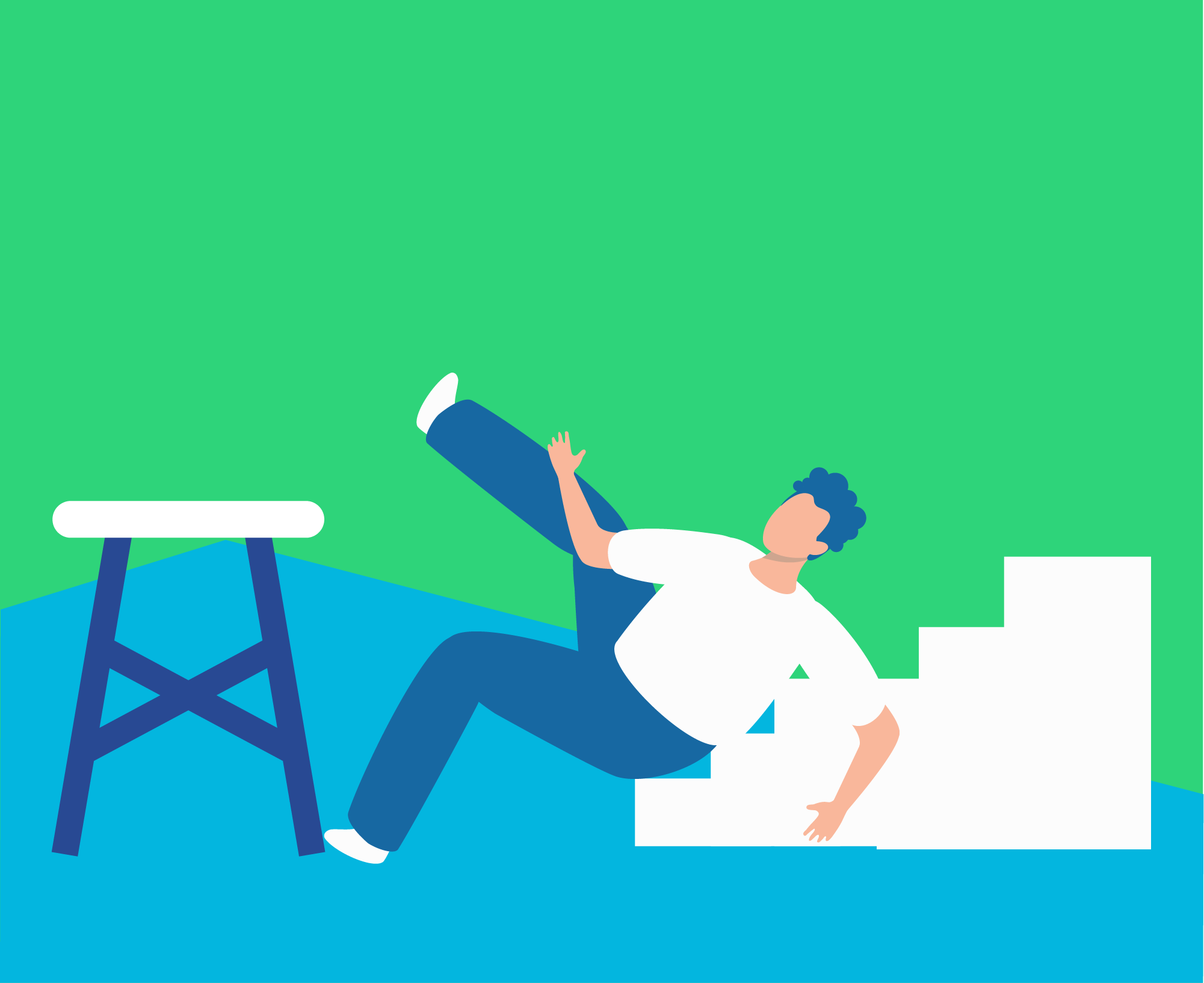
Your furniture layout might be more critical than you think when it comes to fall prevention. By arranging your furniture unconventionally, you can create a safer living space.
How Does Furniture Arrangement Help?
A well-thought-out furniture arrangement such as furniture arrangement in bedroom and unconventional beds can create clear pathways, reduce clutter, and minimize potential tripping hazards. Consider open floor plans and strategic placement of furniture to ensure easy navigation.
Try This:
- Rearrange your furniture to create wider walkways.
- Remove unnecessary furniture or decorative items that clutter your living space.
6. Wearable Fall Detection Technology

In our high-tech world, wearable devices are becoming increasingly sophisticated, including those designed for fall detection. Wearable fall detection technology can automatically detect a fall and send alerts to caregivers or emergency services. Even playing Game of Falls, the interactive game offers an engaging and fun experience and also helps educate senior citizens about potential fall hazards in their home surroundings.
How Does Wearable Tech Help?
Wearable fall detection devices use sensors to monitor your movements. Watches have fall detection too. If a sudden fall is detected, they can send out alerts, providing peace of mind for both wearers and their loved ones.
Try This:
- Explore the range of wearable fall detection devices available in the market.
- Consult with your healthcare provider or loved ones about the most suitable option for you.
7. Vision Enhancement Games

Regular eye exams are essential, but did you know that training your vision through video games, especially those designed for virtual reality (VR), can be surprisingly beneficial? These games challenge your depth perception and peripheral vision, helping you react more quickly to changes in your surroundings.
How Does It Help?
Vision enhancement games for the elderly, often in VR, immerse you in environments that require keen observation. They challenge your visual acuity and awareness, which can be especially valuable as you age. These games stimulate your brain and eyes to work together efficiently.
Try This:
- Explore VR games that focus on visual challenges.
- Incorporate these games into your weekly routine to keep your vision sharp and your reflexes nimble.
8. Home Obstacle Courses
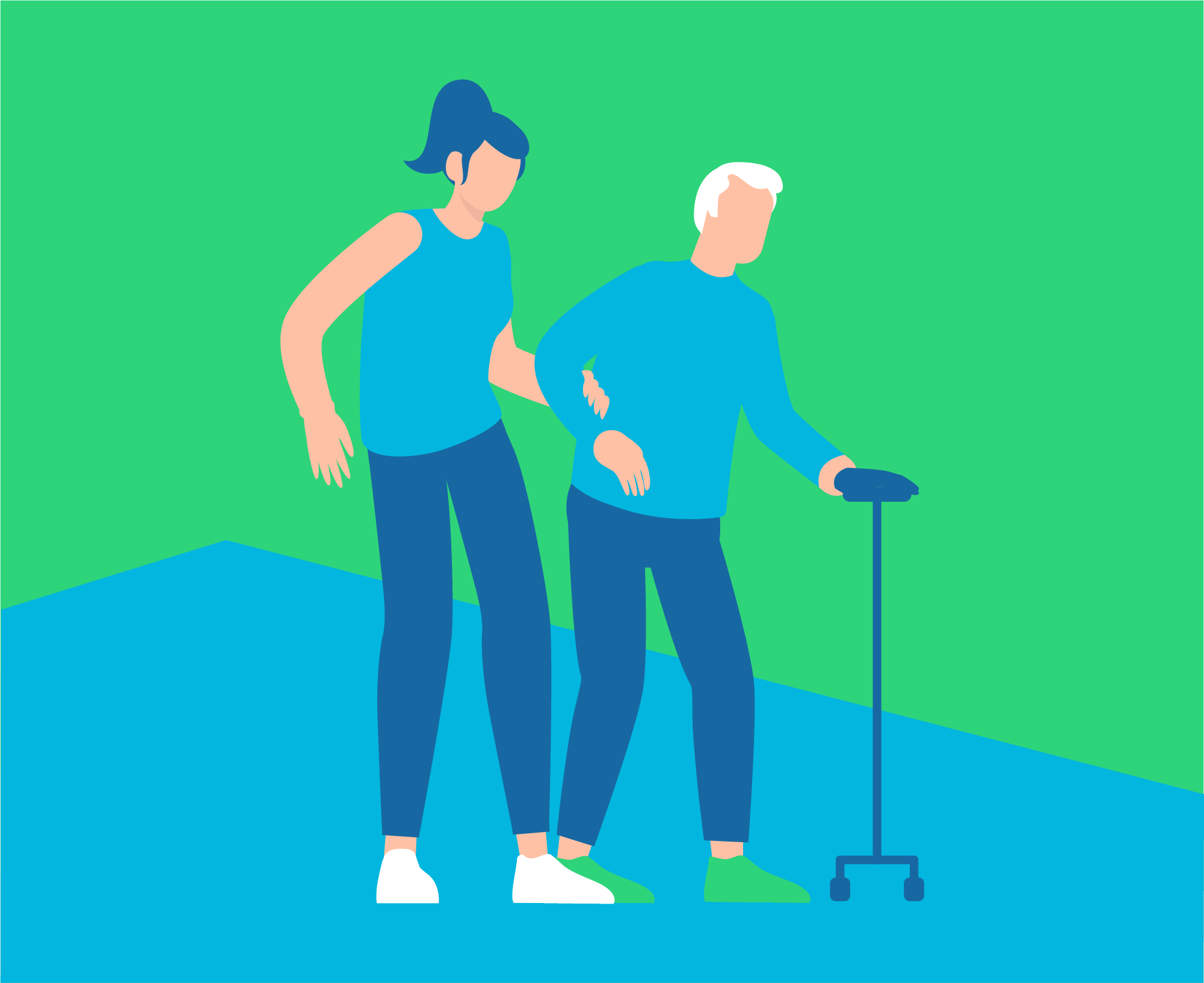
Transform your living space into a training ground by creating mini home obstacle courses for seniors. With cushions, cones, or even hula hoops, you can enhance your balance, agility, and spatial awareness, reducing the risk of falls in real-world scenarios.
How Does It Help?
Home obstacle courses for seniors provide a fun and practical way to improve your physical capabilities. They require you to navigate through hurdles, promoting better balance, coordination, and muscle strength. Plus, it’s an enjoyable way to stay active.
Try This:
- Set up a simple obstacle course in your living room or backyard.
- Challenge yourself with different courses regularly to keep the experience engaging and beneficial.
9. Interactive Medication Management
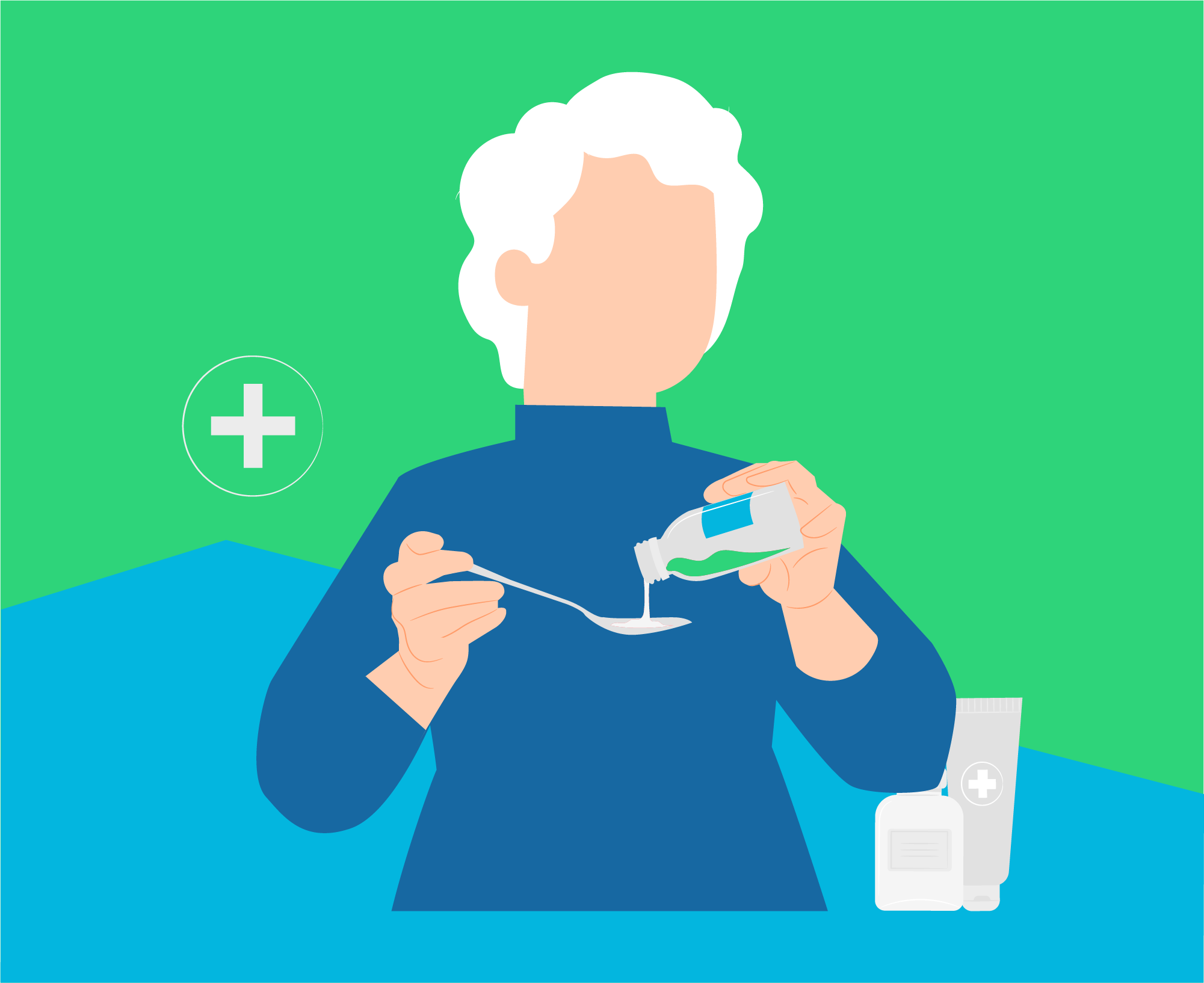
Managing your medication can be a critical aspect of fall prevention. Smart medication management for fall prevention such as by using apps, can go beyond simple reminders; they provide valuable information about potential side effects that could affect your balance and coordination.
How Does It Help?
Interactive medication management apps keep you informed about your medications’ effects and interactions. They ensure you take the right doses at the right times. By being aware of potential side effects, you can take precautions and avoid situations that might increase your risk of falling.
Try This:
- Research and select a reputable medication management app suitable for your needs.
- Input your medication details and follow the app’s guidance for safe and effective use.
FAQs on Unusual Fall Prevention
Q1. Are these unusual methods supported by scientific research?
Yes, many of these methods have been studied and shown to be effective, especially when combined with traditional fall prevention strategies.
Q2. Do I need to consult a healthcare professional before trying these methods?
It’s always a good idea to consult your healthcare professional for fall prevention before starting any new exercise program or making significant changes to your routine, especially if you have underlying medical conditions.
Q3. How can I create a safe home obstacle course?
You can use common household items like cushions, cones, or even painter’s tape to mark out a course and arrange a safe home obstacle course setup. Ensure that the course is challenging but safe, and always have someone nearby in case you need assistance.
Staying Upright with Unusual Fall Prevention
Preventing falls is a crucial aspect of maintaining independence in old age. While traditional safety measures undoubtedly play a vital role, these unusual strategies offer an exciting twist on fall prevention. Incorporating them into your routine can help you build strength, improve your balance, and enhance your overall safety. Remember that the key to effective fall prevention is a holistic approach that considers all aspects of your health and lifestyle.
If you found these strategies intriguing, don’t hesitate to share them with your loved ones. After all, staying upright is something we can all appreciate.
As flu season turns up the dial, one question often comes to mind: Why does the flu hit older adults so hard? It’s a perfect storm where senior flu prevention becomes key since their natural aging nudges immune systems into a less active state, amplifying the impact of flu symptoms. For caregivers, ensuring flu season […]
Confidence is a crucial ingredient in living a fulfilling and independent life, especially for seniors. So, what happens when an event like a fall shakes the very foundation of a person’s confidence, particularly in the elderly? After a fall, it’s natural for seniors to feel vulnerable and apprehensive about engaging in their everyday activities. Fear […]
Have you considered that growing older might mean getting better, so long as you nurture the one body you’ve been given? Staying active is a dynamic part of aging, and a key aspect of that is utilizing preventive health screenings to catch problems early. The good news is that Medicare and most health plans cover […]
Did you know that the medicines meant to ensure your health could also increase your chances of a fall? It’s a startling thought, but true for many older adults. As we age, we often become, rather ironically, a walking pharmacy. With every pill we swallow to keep our health conditions in check, there lies an […]

